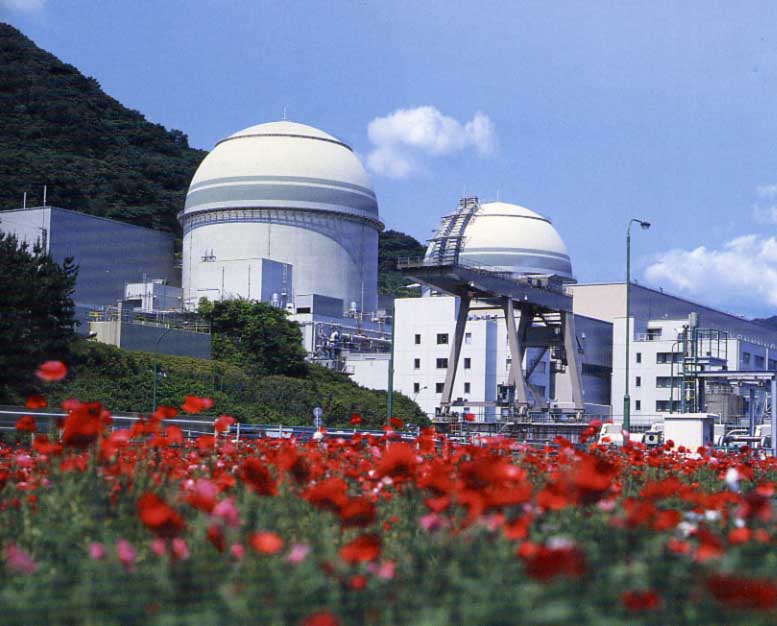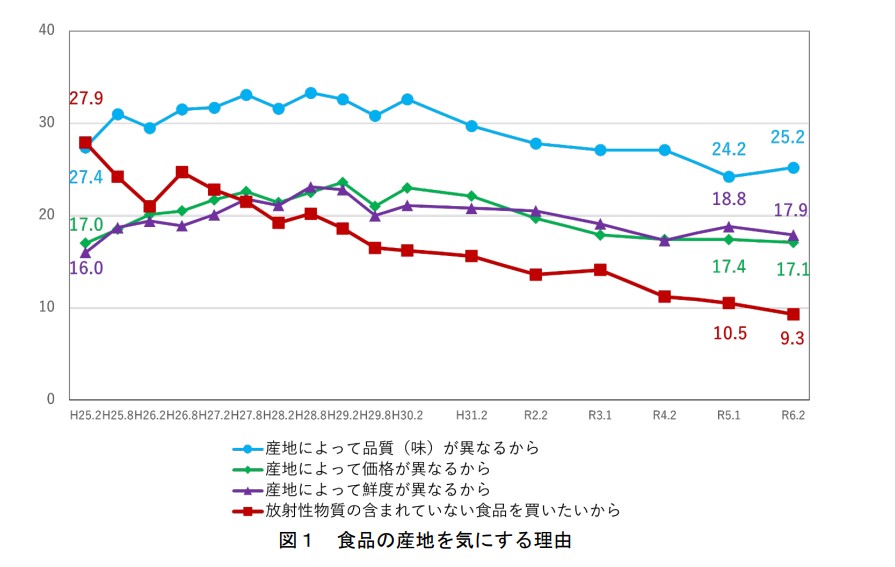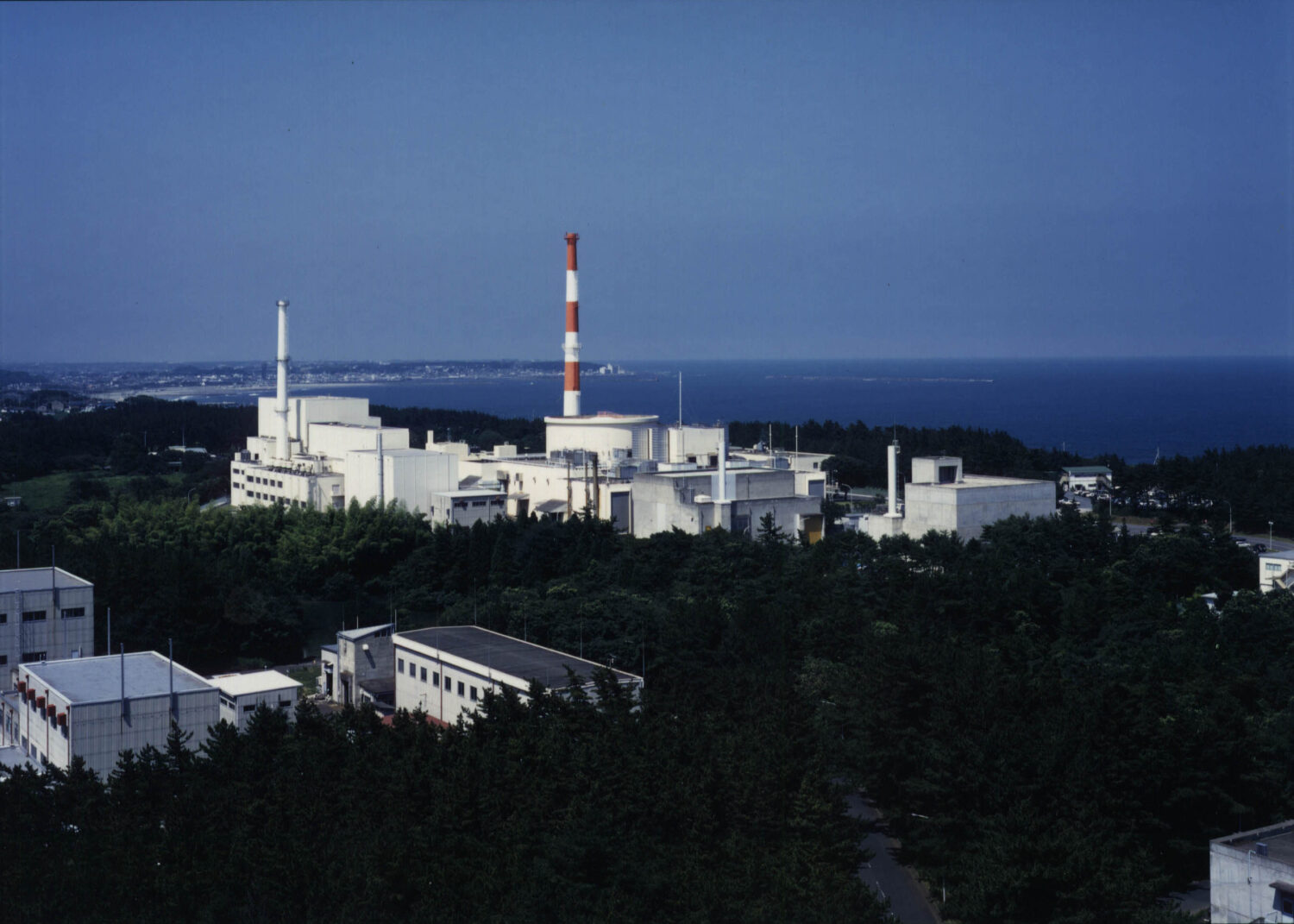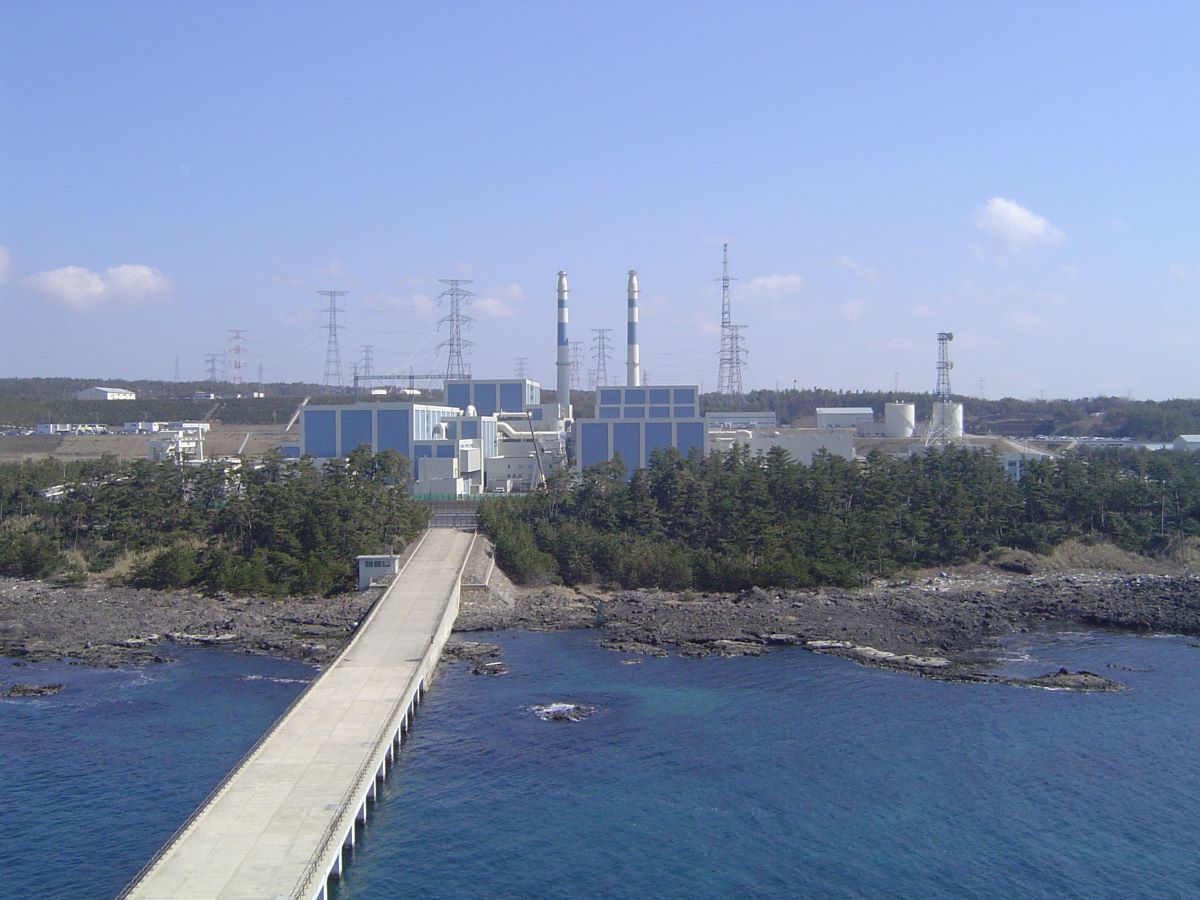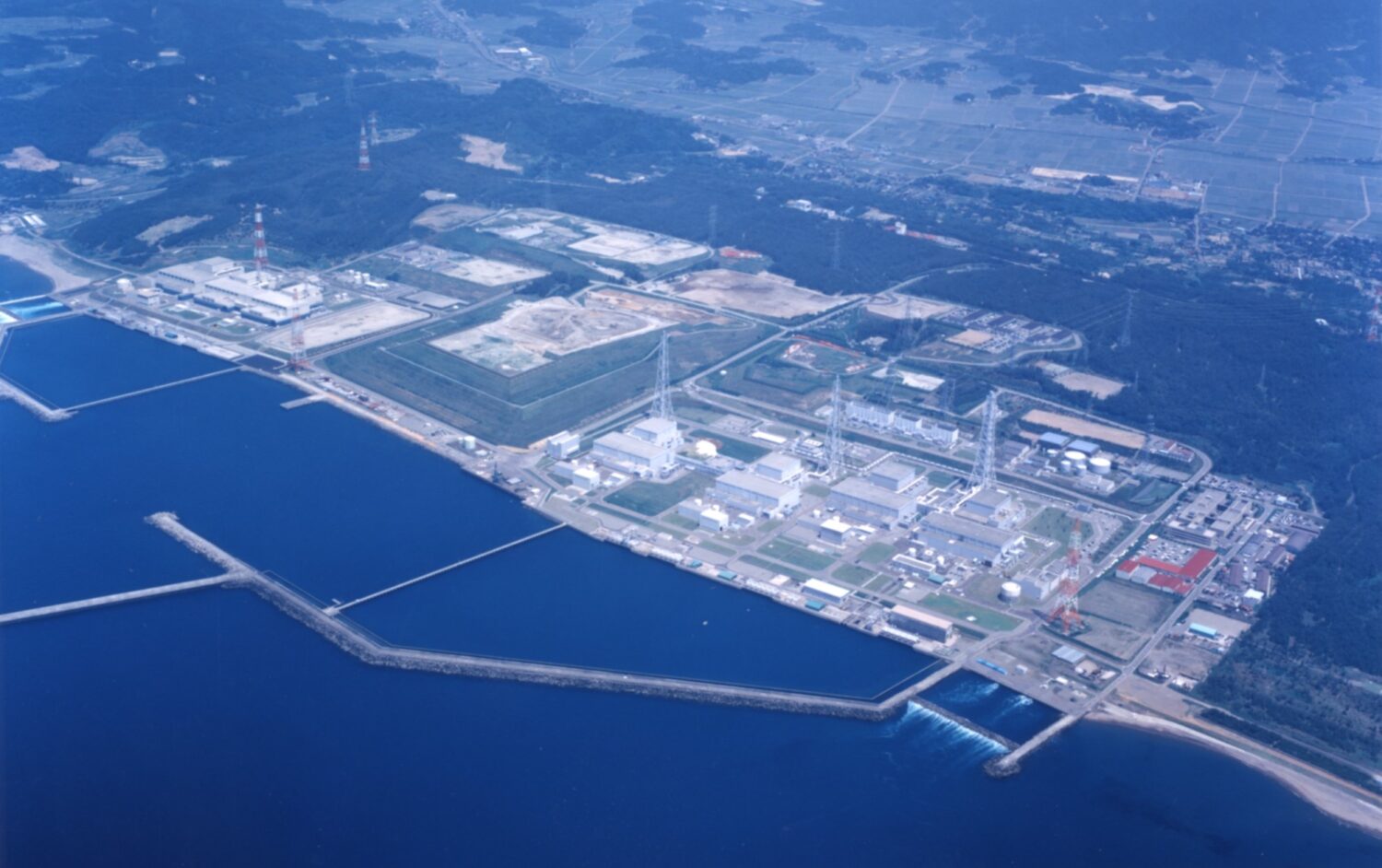At a meeting on March 30, the Subcommittee on the Long-Term Energy Supply-Demand Outlook, under the Advisory Committee for Natural Resources and Energy, took up the desired composition of power sources (the so-called “energy mix”), taking into consideration earlier discussions on energy conservation and renewable energies.
At the meeting, the Agency for Natural Resources and Energy (ANRE) outlined key points when considering power-source composition in line with the Strategic Energy Plan.
Electricity power sources are grouped into three categories, as follows:
- Base-load power sources (geothermal, hydropower, nuclear power and coal), which are those that can generate power consistently at low cost and operate continually, day and night.
- Middle power sources, which are those whose generation costs are the next most economical after those of the above, and whose output can be flexibly adjusted according to changes in demand.
- Peak power sources, which are those with high generating costs, but with a flexibly adjustable output according to demand fluctuations.
In the decade of the 2000s, base-load power sources in Japan generally represented more than 60 percent of the total, but after the great earthquake of 2011, it fell substantially to less than 40 percent, as a result of the nationwide suspension of nuclear power. Internationally, that level is low.
On March 17 and 18, the decommissioning of the following five aging NPPs was announced: Tsuruga-1, Mihama-1 & -2, Shimane-1 and Genkai-1.
The ANRE presented trial calculations showing that if a 40-year limit on NPP operation were to be applied to all remaining NPPs in Japan, the installed capacity would be half the current level in 2031, less than 20 percent in 2038, and zero in 2049.












.jpg)


